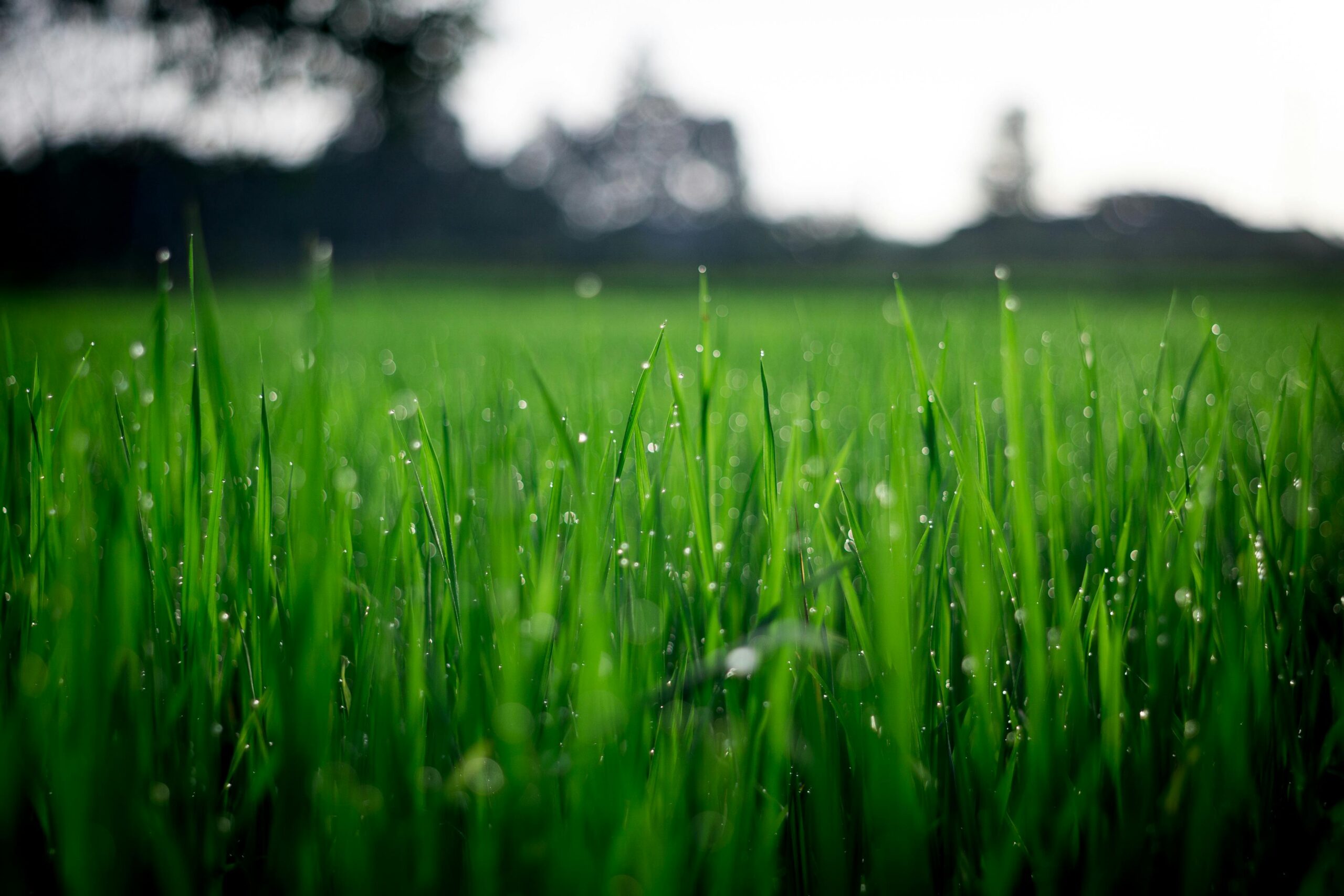Selecting the appropriate grass seed for your lawn is a crucial decision that impacts its appearance, health, and maintenance requirements for years to come. With numerous varieties available, homeowners often find themselves overwhelmed when trying to choose grass seed type and climate compatibility. This article will guide you through understanding different grass types, evaluating your specific lawn conditions, and selecting seeds that will thrive in your environment, whether you’re establishing a new lawn or overseeding an existing one.
Understanding Cool-Season vs. Warm-Season Grasses
The first step in selecting the right grass seed is understanding the fundamental distinction between cool-season and warm-season grasses. Cool-season grasses thrive in regions with cold winters and moderate summers, generally across the northern United States and Canada. These varieties include Kentucky bluegrass, perennial ryegrass, fine fescue, and tall fescue. They experience peak growth during spring and fall when temperatures range between 60-75°F. Cool-season grasses typically maintain their color throughout winter unless extreme conditions prevail.
Conversely, warm-season grasses are adapted to southern regions with hot summers and mild winters. Varieties such as Bermuda grass, Zoysia, St. Augustine, and Centipede grass flourish when temperatures consistently exceed 80°F. These grasses typically go dormant and turn brown during cooler months but reawaken vibrantly when warmth returns. The transition zone, spanning from the mid-Atlantic across the Midwest, presents unique challenges as neither grass type is perfectly suited to its variable climate. In these regions, tall fescue often performs reasonably well due to its adaptability to temperature fluctuations.
Assessing Your Lawn’s Environment
Beyond regional climate considerations, your specific property has microenvironments that significantly impact grass performance. Sun exposure varies tremendously across a typical yard, with some areas receiving full sun while others remain predominantly shaded. When searching for the best grass seed sun shade mix for areas with variable lighting, consider specialty blends designed specifically for these conditions. Full-sun areas typically support most grass varieties, while shaded spots require shade-tolerant options like fine fescues or certain varieties of tall fescue.
Soil quality and drainage patterns also influence grass selection. Clay soils retain moisture but may become compacted, while sandy soils drain quickly but might not retain sufficient nutrients. Testing your soil’s pH and composition can provide valuable insights for seed selection. Most grass varieties prefer slightly acidic to neutral soil (pH 6.0-7.0). Additionally, assess your property’s slope and drainage patterns, as areas prone to standing water require grasses with higher moisture tolerance.
Considering Usage Patterns and Maintenance Requirements
How you use your lawn significantly impacts which grass seed variety will perform best. High-traffic areas frequented by children, pets, or regular activities need durable, quick-recovering grasses like Kentucky bluegrass or Bermuda grass. Less-trafficked ornamental lawns might prioritize appearance over durability, allowing for more delicate varieties with finer textures and richer colors.
Your willingness and ability to maintain your lawn should also influence your selection. Different grass types demand varying levels of mowing frequency, fertilization schedules, irrigation needs, and disease management. Consulting with local experts at AskHomey can provide tailored recommendations based on your maintenance preferences and regional conditions. Some low-maintenance options include fine fescues for cooler climates and centipede grass for warmer regions, both requiring minimal fertilization and less frequent mowing.
Overseeding Strategies for Existing Lawns
Overseeding lawn tips often emphasize timing and preparation as critical success factors. For cool-season grasses, early fall provides ideal conditions as soil remains warm while air temperatures moderate, promoting germination and establishment before winter. Warm-season grasses benefit from late spring overseeding when soil temperatures consistently exceed 65°F. Regardless of season, proper preparation involves mowing the existing lawn shorter than usual, removing debris, and potentially aerating compacted soil to ensure seed-to-soil contact.
When overseeding, select seeds compatible with your existing grass type or deliberately introduce complementary varieties to enhance specific characteristics. For instance, adding perennial ryegrass to a Kentucky bluegrass lawn can improve wear resistance and provide quicker establishment. Calculate the appropriate seeding rate based on manufacturer recommendations, typically ranging from 3-10 pounds per 1,000 square feet depending on the variety. After spreading seed, maintain consistent moisture through light, frequent watering until germination occurs and seedlings establish.
Making Your Final Selection
When making your final decision on grass seed, consider purchasing quality seeds from reputable suppliers rather than bargain options that may contain weed seeds or low-germination specimens. Many successful lawns utilize seed blends or mixtures that combine complementary species for resilience against various stresses. Read product labels carefully to understand the specific varieties included, germination rates, and presence of beneficial coatings that may enhance establishment.
Local agricultural extension offices often provide region-specific recommendations based on scientific research rather than marketing claims. Their guidance can be invaluable when selecting grass seed suited to your particular climate and conditions. Remember that the best investment isn’t necessarily the least expensive option—quality seed often yields lower long-term maintenance costs and superior results.
For more tips and to connect with reliable home service professionals, follow AskHomey on Facebook and Instagram.



